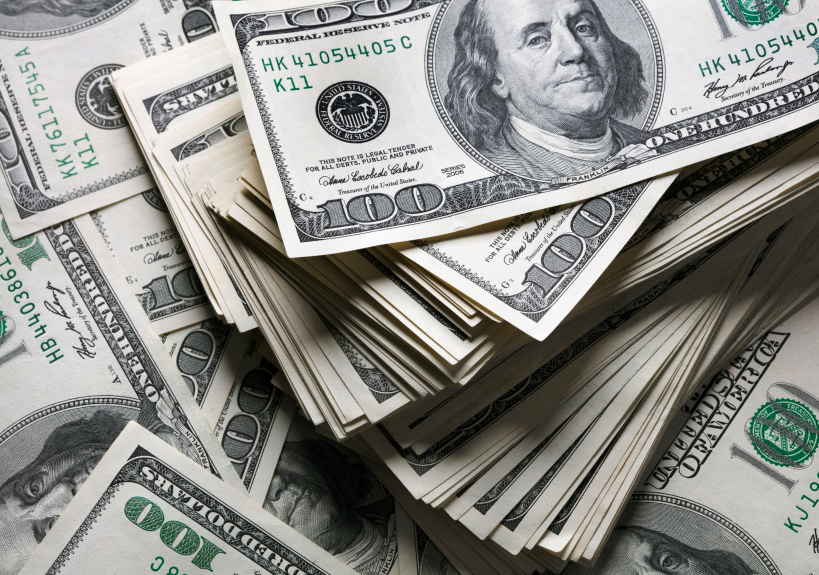
President Joe Biden has blamed greedy corporations for inflation.
His press office put out an entire fact sheet blaming meat companies (specifically, Tyson Foods, Cargill, JBS, and National Beef Packing), and oil companies (specifically, Exxon Mobil and Chevron).
The meat companies responded, noting that their price increases were the result of labor shortages due to COVID-19 and the slow return to the labor force due to enhanced unemployment payments.
As for oil, it’s an international commodity. U.S. price increases are due to OPEC, not Exxon Mobil or Chevron. Also, markets reflect the expectation that U.S. oil production will fall due to the administration’s hostility to fossil fuels.
Further, the White House misses one fundamental point in blaming inflation on industrial greed or collusion: why now? If higher prices were to be obtained by companies getting together to restrict supply, companies would have done this already. There is nothing in recent economic developments to suggest that the opportunity for collusion or monopoly pricing by U.S. food and oil producers has suddenly grown. American price levels have gone up, but nothing in America’s industry structure has changed. It’s a very weak case of causation if the timing does not match.
Focusing on the convenient political target, greedy companies, takes attention away from what really caused inflation and, thus, what can curb it.
The U.S. money supply increased from December 2019 to December 2021 by 41%. This was the largest increase in the money supply in modern American economic history. Inflation was sure to follow.
A simple illustration should demonstrate how this works. If tomorrow, the Federal Reserve announced that it was printing new paper currency and would give holders of U.S. dollars two dollars for every one dollar they turn in, what would happen to prices? They would double.
In December 2019, inflation was running at 2.3%. Two years later, it is at 7%. The increase is actually less than would follow from the increase in the money supply, but it can be expected to catch up. Not all of the 41% increase in the money supply immediately went into the economy. The increase was designed to fund the massive federal expenditures to offset the economic contraction caused by COVID-19; but it actually was so much, so fast, that banks could not lend it out fast enough. Instead, some of the increased money supply was kept in savings by individuals, and banks themselves, earning interest above the then-low inflation rate by keeping the extra money on deposit at the federal reserve bank. With the easing of strict COVID lockdowns, this money began to be spent by consumers and lent out by banks. Its effect on prices could only be delayed, not eliminated.
Related Articles
Sore winners in Sacramento
AG Bonta needs to investigate the Riverside Sheriff’s Department
Affirmative action could soon be ruled unconstitutional
Two statewide races to watch this year
Neil Young has got it right
The massive printing of money was done with the knowing involvement of Democrats and Republicans in Congress, President Trump, and President Biden. Better put too much money into the system than too little was the mantra of Ben Bernanke, the Fed chief under both Presidents Bush and Obama, during the fiscal crisis of 2007. His successors at the Fed followed precisely that path to deal with the economic consequences of COVID-19.
Thus, President Biden does not need to deflect blame: inflation is not his fault any more than it is of Republicans or other Democrats. All our national economic establishment was in on the decision to print money when COVID hit. It was only a matter of time until prices would rise.
The remedy is to stop printing money now, not to blame inflation on greedy companies. Restricting the money supply by increasing interest rates is the only way inflation can be tamed. America will endure a lower upside for our post-COVID recovery, but this is a necessary price for having cushioned the COVID recession on the downside by printing money.
Tom Campbell is a professor of economics and a professor of law at Chapman University. He served five terms as a congressman. He left the Republican Party in 2016 and is in the process of forming a new party in California, the Common Sense Party.
